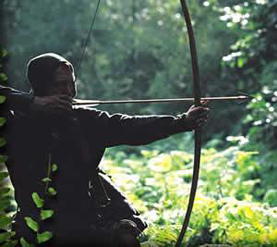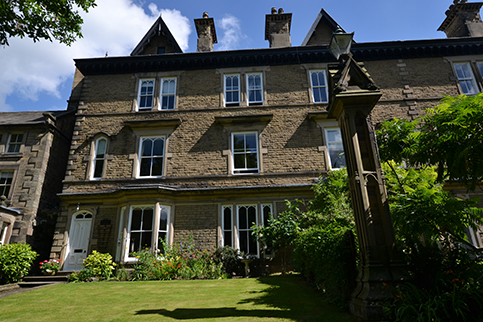VegetarianVisitor Guide to East Midlands
Vegetarian-friendly accommodation & eating out in Derbyshire Leicestershire Lincolnshire Northamptonshire Nottinghamshire

Derbyshire's Peak District consists of moors in the north and a central limestone plateau crossed by rivers such as the Wye, which have cut gorges and caves in the rock and produced potholes. In a sheltered valley of the Wye lies Bakewell with its medieval bridge and famous for its Bakewell Tarts, where Jane Austen stayed while working on Pride and Prejudice. Not far away is Chatsworth House, home to the Dukes of Devonshire. Immediately south of the Peak District's highest area, Edale offers good walking country.
Leicester is a largely modern city where in 2012 the remains of King Richard III were discovered in the ruins of Greyfriars Church, beneath what is now a council car park, where he had been hastily buried after the Battle of Bosworth. The remains have since been re-interred in Leicester Cathedral.
The ancient part of the historic city of Lincoln is situated on a hill rising 200 feet above the River Witham. It had been settled by Celts, Romans, Anglo-Saxons and Danes before William the Conqueror founded Lincoln Castle in 1068. By 1092 a Cathedral had also been built, which was devastated by an earthquake in 1185. Rebuilding began a few years later and resulted in the glorious triple-towered Cathedral, the third largest in England, that has endured to this day.
For many people Nottingham stands for only one thing - the legend of Robin Hood and his Merrie Men in Sherwood Forest. The forest still exists, although it is very different from that in the evil sheriff's time. Southwell Minster can be seen for miles around and is well worth a visit, for the beauty of the foliage carvings in the chapter house if nothing else. Southwell is also where the first Bramley apple tree began life in about 1805 as a pip planted in a pot by a Mr Bramley.
Entries are grouped alphabetically by county, then town or village, then name.

